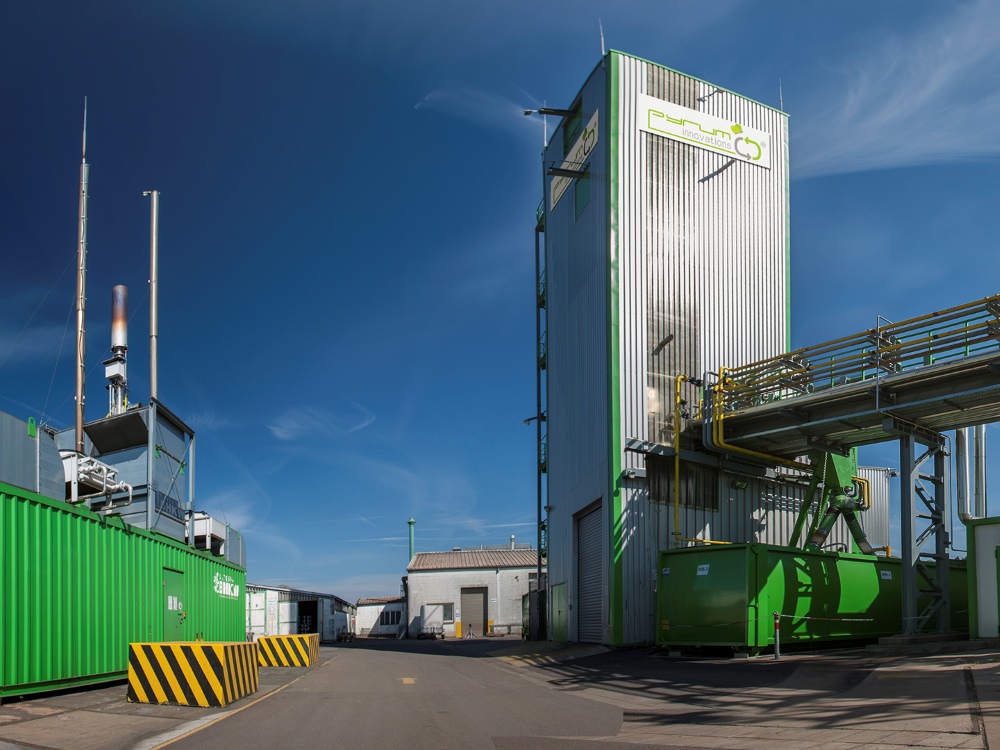Fraunhofer UMSICHT has examined the recycling of used tires for the company Pyrum Innovations in a comparative life cycle assessment ( LCA ). With their special pyrolysis process, they achieve significantCO2 savings compared to thermal disposal methods and recover carbon black, an essential component of tires, according to the results.
With 1.5 billion used tires per year worldwide, the recycling of used tires is currently a major challenge. Apart from the recovery of metals, no materials are currently reused for tire production, which means that used tire recycling is an end-of-life treatment. However, a new technology offers new potential for a circular economy, as pyrolysis can also be used to recover other products such as carbon black substitutes and pyrolysis oil, which BASF processes back into chemicals.
In a life cycle assessment (LCA), Fraunhofer UMSICHT examined the environmental impact of this innovative pyrolysis technology (1) from the company Pyrum Innovations and compared it with conventional disposal methods for used tires in Germany, such as incineration in power plants (2), cement works (3) or material recycling (4), for example to produce filling material for use in artificial turf.
Benefits in the impact categories of climate change and conservation of fossil resources
The results show that the pyrolysis process, but also alternative material recycling processes, have advantages over energy recovery processes, particularly in the impact categories of climate change and conservation of fossil resources. Overall, the Pyrum pyrolysis process (1) results in a netCO2 saving of 703 kgCO2 equivalent per ton of used tires. “The process achievesCO2 savings of 1347 kgCO2 eq./t through the production of products such as the soot substitute, pyrolysis oil, the recovery of metals and the production of substitute fuels,” adds Dr. Daniel Maga from the Sustainability and Participation department at Fraunhofer UMSICHT.
Picture above: With its special pyrolysis process, Pyrum achieves significantCO2 savings compared to thermal disposal methods, according to the results of the study by Fraunhofer UMSICHT.

